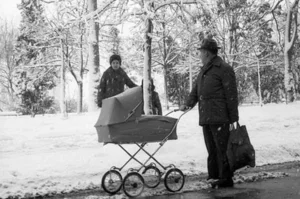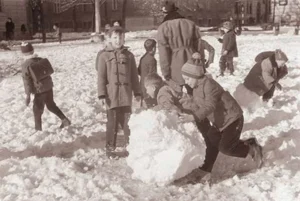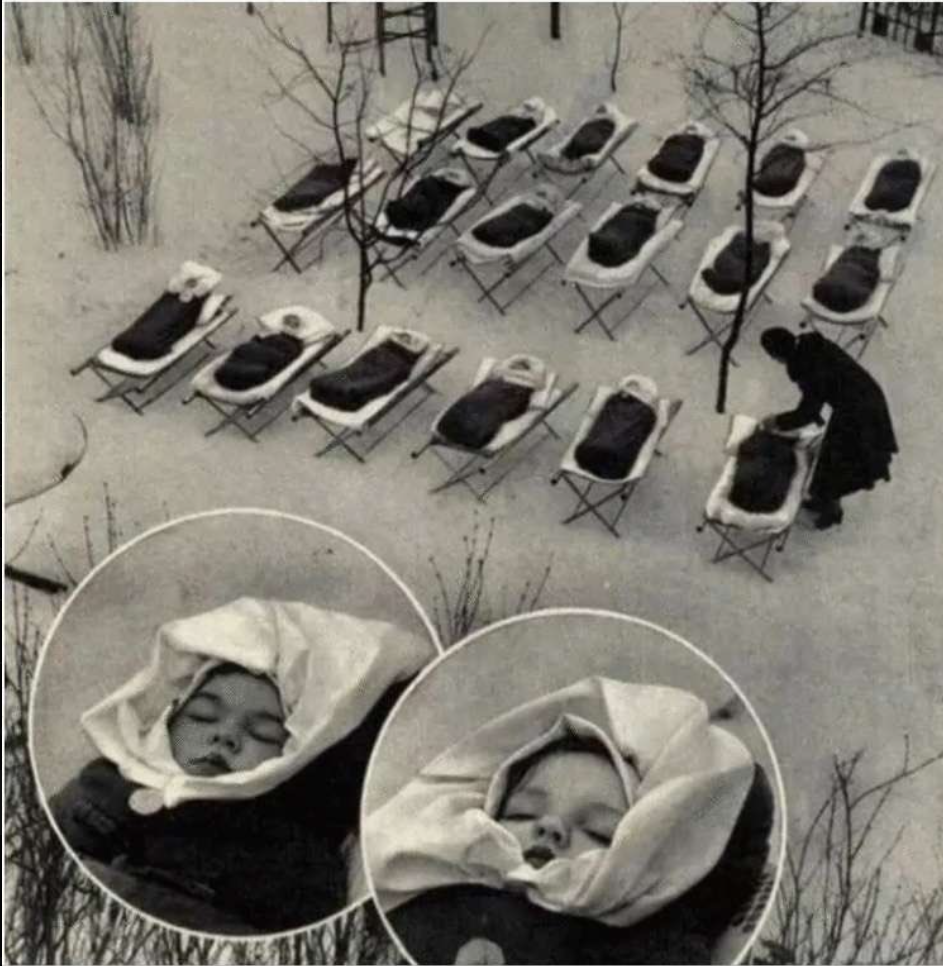When we think of babies, we often imagine them wrapped in blankets, kept warm and cozy indoors at all times. But did you know that in 1950s Moscow, it was common for babies sleep outside — even in freezing winter conditions? This seemingly strange practice, rooted in Soviet childcare traditions, aimed at strengthening babies’ immune systems and promoting better health. Let’s dive into how this tradition started, what impact it had, and why some cultures still embrace it today.
How It All Began: Fresh Air for Stronger Babies

In the cold climates of Soviet Russia, parents and childcare institutions faced the challenge of keeping children healthy in harsh winter conditions. The origins trace back to an observation linked to the Romanov era, where the absence of outdoor fresh air was associated with poor health among the aristocracy. Soviets believed that regular exposure to crisp, cold air helped develop stronger immune systems, better lung function, and resistance to diseases.
By the 1950s, this belief evolved into a widely practiced childcare routine: babies were bundled up in warm clothes and sleeping bags and left to nap outdoors in prams or cots. Photos from Moscow in 1958 famously show rows of infants sleeping peacefully in the snow, watched over by caregivers. This tradition was backed by doctors of the era, who advocated for well-ventilated sleeping environments to reduce respiratory illnesses.
The Impact: Health Benefits and Social Effects

So, did this chilly sleepwork? Anecdotal evidence and cultural acceptance suggest yes. Many adults who were raised with this outdoor napping tradition report better overall health and fewer childhood illnesses. The cold outdoor naps encouraged babies to adapt and develop resilience to seasonal viruses—an early form of natural immunity training.
Apart from health, the practice shaped social norms too. It reflected a society focused on collective childcare, where preschools and kindergartens embraced outdoor routines despite weather conditions. Children learned to face the elements, which arguably contributed to a hardier generation.
Tradition Beyond Russia: Nordic Countries and Today’s Practices

Interestingly, Russia is not alone. In Nordic countries such as Finland, Sweden, and Denmark, the tradition of letting babies nap outdoors in cold weather persists. Parents and childcare centers maintain that fresh air improves sleep quality—babies often sleep longer and deeper outdoors. Modern research supports these claims, highlighting benefits like reduced respiratory infections and enhanced physical and mental well-being.
Safety remains paramount. Parents bundle babies in wool clothes and warm sleeping bags, ensuring they are protected against hypothermia. The philosophy here is summed up in the Scandinavian saying: “There is no bad weather, only bad clothing.”
What Can We Learn from This?
This outdoor napping tradition challenges modern assumptions about baby care. It points to the importance of fresh air, exposure to nature, and moderate environmental stress as factors for immune development. While it’s not for everyone, and safety measures are critical, this practice offers valuable insights for parents and childcare providers about holistic childhood wellness.
Ultimately, it shows how cultural beliefs—whether in Soviet Russia or Nordic Europe—shape parenting methods that endure through generations, adapting in light of new science but rooted in tried-and-tested experience.








